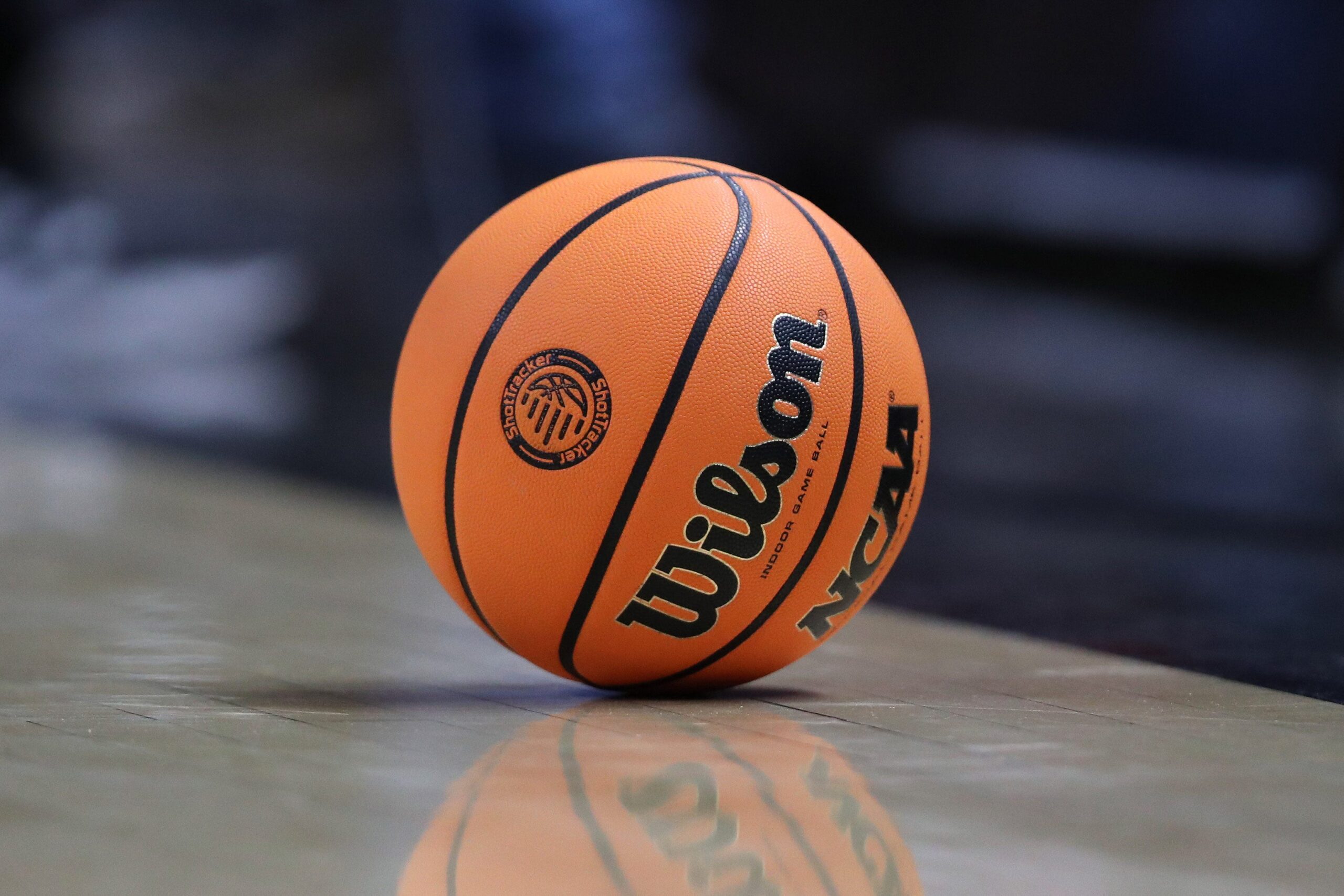
St. Thomas’s Cinderella Dreams Deferred: A Story of Transition and Tournament Ineligibility
The world of college basketball is often painted with narratives of underdogs and Cinderella stories, teams from smaller conferences defying expectations and making deep runs in the NCAA tournament. This year, St. Thomas, a university in Minnesota, had all the makings of such a tale. They boasted a stellar 24-9 record, finished second in the Summit League, and even reached the conference tournament final. Their coach, Johnny Tauer, had masterfully guided the Tommies through their fourth season in Division I. Yet, despite their on-court success, St. Thomas’s journey ends here, short of the coveted NCAA tournament berth.
The reason? A somewhat unique situation stemming from their recent transition from Division III to Division I. While the Tommies celebrated a Summit League championship appearance, their opponent, Omaha, had already secured an NCAA tournament spot due to St. Thomas’s ineligibility for postseason play. This ineligibility, as defined by NCAA rules, is a consequence of their divisional leap, a hurdle that keeps them sidelined until the 2026 season.
The NCAA mandates that programs transitioning from Division III to Division I must endure a four-year period of postseason ineligibility before becoming fully fledged Division I competitors. While the NCAA recently adjusted the waiting period for Division II transitions and offered potential leniency for teams meeting specific criteria, St. Thomas remains bound by the original four-year rule.
This journey for St. Thomas began in 2020 when the NCAA granted them Division I eligibility. This landmark decision made them the first program to ever make the jump directly from Division III to Division I. The path to this point, however, was paved with unexpected challenges.
Prior to their Division I ambitions, St. Thomas was a long-standing member of the Minnesota Intercollegiate Athletic Conference (MIAC), a Division III league. The university was even a founding member of the league in 1920. However, their dominance within the MIAC became a point of contention. In 2019, the MIAC made the controversial decision to expel St. Thomas, deeming them too dominant for the conference’s competitive balance.
At the time of their involuntary departure, St. Thomas had amassed an impressive streak of 12 consecutive MIAC titles across various men’s and women’s sports. Moreover, the university’s enrollment of 6,200 students dwarfed that of the next-largest school in the league, highlighting the disparity in resources and scale.
Forced to find a new athletic home, St. Thomas considered various options, including other Division III conferences and even Division II opportunities. Ultimately, the allure of Division I proved too strong, especially with the Summit League extending a welcoming invitation. The move offered the university a chance to compete at a higher level and elevate its athletic profile.
This season offered a glimpse of what the future could hold for St. Thomas basketball. Their 24-9 record, coupled with a 12-4 mark in conference play, demonstrated their competitiveness within the Summit League. In fact, the Tommies had even defeated Omaha, the team that ultimately claimed the NCAA tournament berth, in their most recent regular-season matchup, winning 95-84. Despite Omaha winning the other matchup of the season, it showed that St. Thomas has what it takes to compete at the highest level.
While the lack of an NCAA tournament bid is undoubtedly a disappointment for the players, coaches, and fans of St. Thomas, the future remains bright. The program has proven its ability to compete at the Division I level, and with the end of their transitional period in sight, they are poised to make a splash in the Summit League and potentially beyond.
The experience gained during these transitional years will be invaluable. The players currently on the roster will have the opportunity to further develop their skills and gain crucial experience in high-stakes games. Coach Tauer will continue to refine his coaching strategies and build a program that is built for long-term success.
Furthermore, the increased visibility and prestige associated with Division I athletics will undoubtedly aid in recruiting efforts. St. Thomas will be able to attract talented players who are eager to compete at the highest level of college basketball.
The story of St. Thomas is not just about basketball; it’s about ambition, resilience, and the pursuit of excellence. It’s a reminder that success is not always immediate and that sometimes the greatest rewards come after overcoming significant challenges. The Tommies are biding their time, developing their program, and waiting for their chance to compete on the national stage.
Though they might not be dancing this year, St. Thomas hopes to hang a banner to celebrate their Summit League championship appearance. More importantly, they are building a foundation for a future where Cinderella dreams can become a reality. The Tommies’ journey is a testament to their determination and a promise that their time in the spotlight is yet to come. When 2026 arrives, expect St. Thomas to be a force to be reckoned with, ready to make their mark on the NCAA tournament and etch their own chapter in college basketball history. The wait may be a difficult one, but the anticipation will only make their eventual arrival all the more impactful. The story of St. Thomas basketball is far from over; it’s just beginning.
